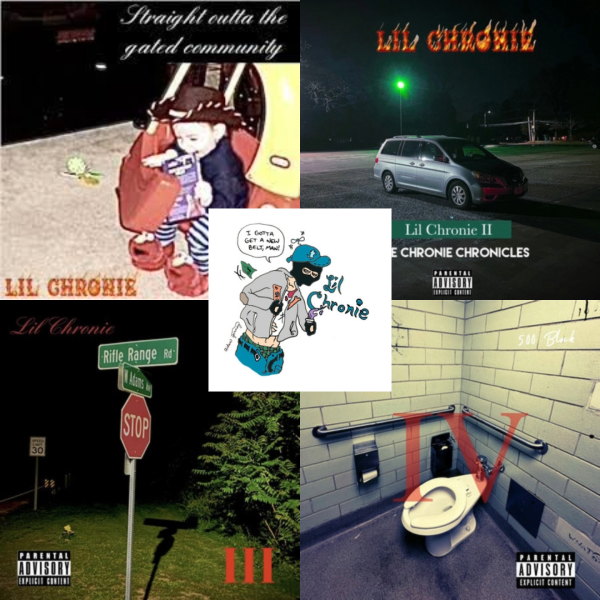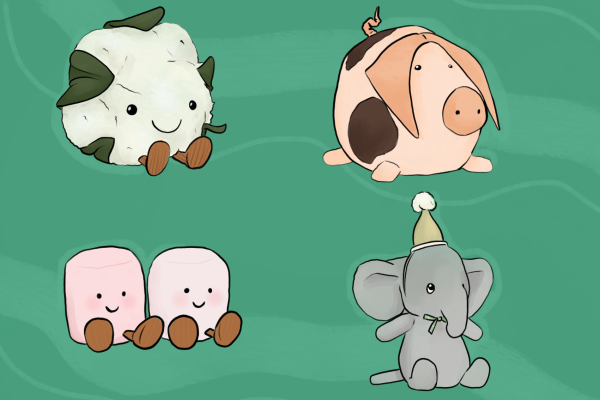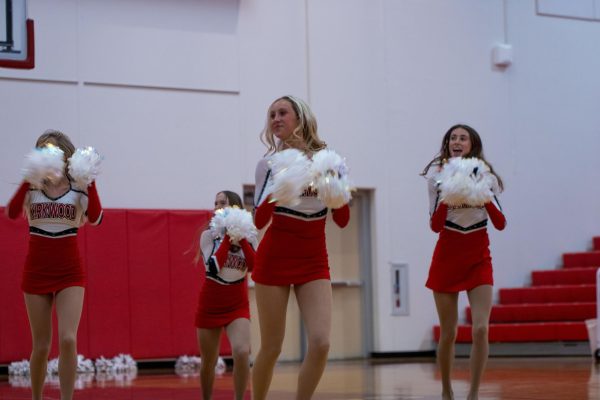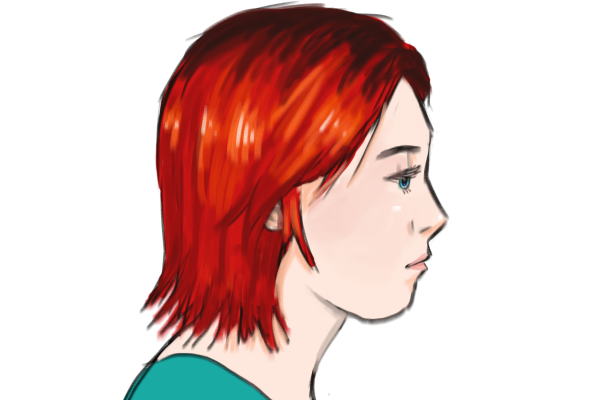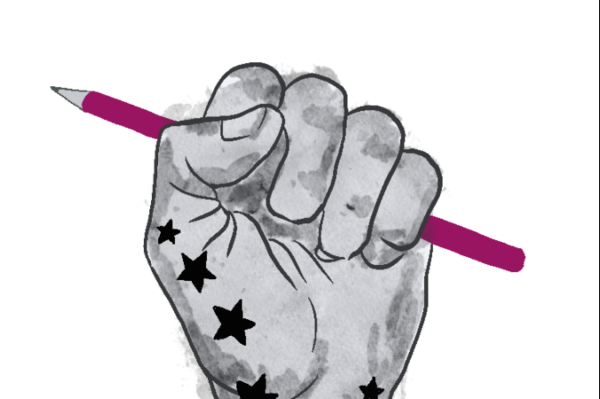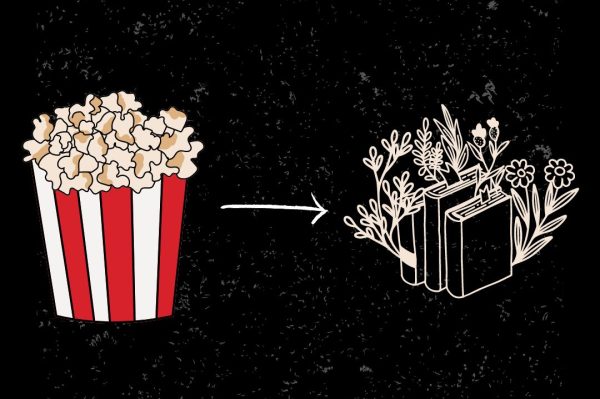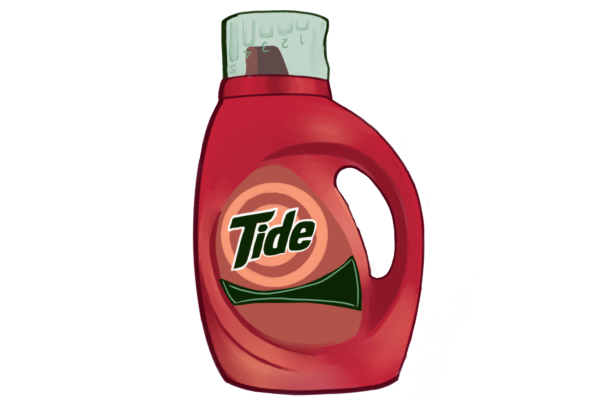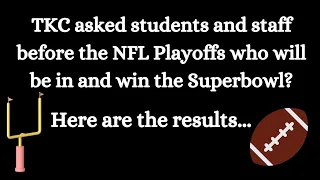Summertime book bumming
*Disclaimer: This is not the official reading list for the 2015 summer. Instead, they are a collection of the books teachers have assigned for summers in the past or are considering for this summer.
Animal Farm by George Orwell – read by Honors Freshman Literature & Composition students
As children, many of us have wondered what animals do when humans aren’t present. Oddly, this novel answers that question in an ominous manner. Animal Farm is an allegory for communism and the beginning of the Cold War. Readers will find themselves wrapped in the lives of farm animals living on Manor Farm. After the animals assemble in a barn to hear Old Major, a pig, describe a dream he had about animals living free from their human masters, rebellion ensues throughout the entire farm, leading to corruption and disaster. According to Janet DePasquale, English teacher, teachers choose this novel for freshman summer reading because they see the importance of students reading a substantial, classic piece of literature upon taking the course. Though there are many layers to the story, students will not spend their entire summer reading the text, as it’s 115 pages. The language is fairly easy to follow, but there is a great deal of analysis that goes into understanding the book.
The Hobbit by J.R.R. Tolkien – read by Honors Sophomore Literature & Composition students
Calling all Lord of the Rings fans and non-LOR fans alike, The Hobbit is the tale of Mr. Bilbo Baggins, a small and hairy Hobbit. Bilbo lives in his comfortable Hobbit-hole until a wizard, Gandalf, arrives on his doorstep with 13 dwarves. The group sets off on the ultimate journey, where Bilbo encounters goblins, elves and Smaug the Magnificent, a fierce dragon. Though the book has been made into a film, make sure to read the novel for its authenticity and accuracy.
The Best American Science and Nature Writing by Various Authors – read by AP English Language & Composition students
Each year the most popular science magazine articles are published in this literary collection of essays. The essays range from a wide variety of topics, such as a study on dolphins to the impact of drugs on the brain, and are real essays people from around the world have written. The importance of personal writing is truly beneficial to an AP Language student who will be writing many in-class and out-of-class essays over the course of the class. Given that it is a college-based curriculum, higher writing skills are expected of students, and these essays place fantastic writing with riveting topics, solid yet creative structures and mature language into perspective for students.
Bird by Bird: Some Instructions on Writing and Life by Anne Lamott – read by AP English Language & Composition students
A lifelong writer, Lamott digs her teeth into the nitty-gritty life of a true author. She expresses the struggles of being successful in the business and does not sugarcoat the wholehearted truth or gloss over the less appealing principles. Through her honest discussion of perfecting the craft of writing, Lamott brings a certain light of trust and comfort to the reader. Lamott outlines personal examples and does not shy away from being harsh and blatant. Although Lamott does cover writing skills, she also hits on the subject of being a writer as a career.
Slaughterhouse-Five, or The Children’s Crusade: A Duty-Dance with Death by Kurt Vonnegut – read by AP English Literature & Composition students
Billy Pilgrim, who serves as an American soldier in World War II, can travel through time. Along the way he learns about the evils and tragedies of war, calling it The Children’s Crusade because those fighting and dying were merely children. One night aliens in a flying saucer kidnap and imprisoned him in a zoo on the planet Tralfamadore.
“[It’s important for students taking this class to read] Vonnegut because it discusses things we all go through: self-doubt and being confronted with stuff we can’t control,” Simon Drew, English teacher, said. “Plus it is a bizarre way to tell the story; it bounces everywhere. It makes kids realize that good literature isn’t always predictable.”
Your donation will support the student journalists of Kirkwood High School. Your contribution will allow us to purchase equipment and cover our annual website hosting costs.

Grade: 12
Twitter handle: N/A
If you could be another Call staffer, who would you be?: I would be Katie Hackett because her wit is inspirational.
Interests: dogs,...

Grade: 12
Extracurriculars: NAHS, Quill & Scroll, Special Olympics Buddy, Work, Being Outside, Camp Lakewood
What do you like about Call?: Telling...




